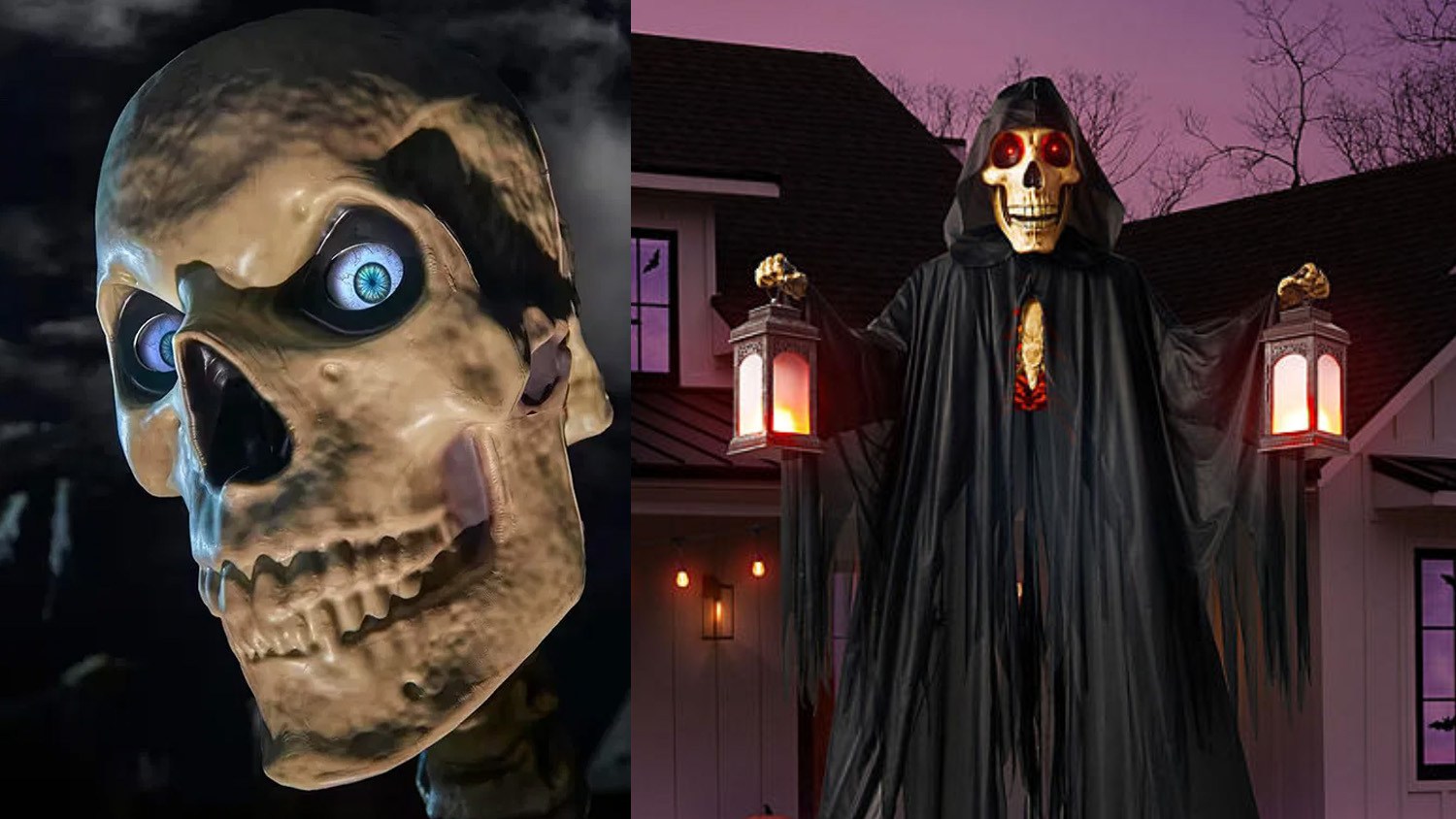BAKERSFIELD, Calif. (KGET) — Sept. 22 (the first day of autumn) marks the universal fall equinox, a day when night and daytime are nearly equal. But that’s only for the parts of the Earth located at the equator.
For the rest of the world, it depends on where you are on the planet.
At the latitude in Kern County, that equinox technically falls on Monday, Sept. 26 when the sun will rise at 6:47 a.m. and set at 6:46 p.m.
The word “equinox” means equal night in Latin.
The equinox only happens twice in Earth’s year-long trip around the sun. The rest of the year, the sun shines unevenly over the Northern and Southern Hemispheres because the Earth is normally tilted on its axis at 23.5 degrees.
This means half the year, half the Earth is tilted towards the sun and heating up, while the other half is leaning away from the sun and cooling down.
But on the spring and fall equinoxes, the sun shines equally on the equator, giving roughly the same amount of daylight on both the northern and southern hemispheres.
As the northern hemisphere heads into astronomical fall and winter, the nighttime hours will last longer than daylight until the beginning of spring, as the sun travels in a shorter arc across the sky each day.
The sun travels its shortest path of the year at the winter solstice in December.











